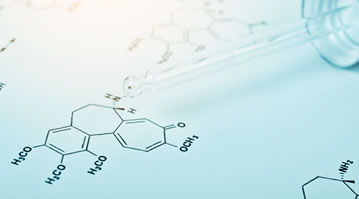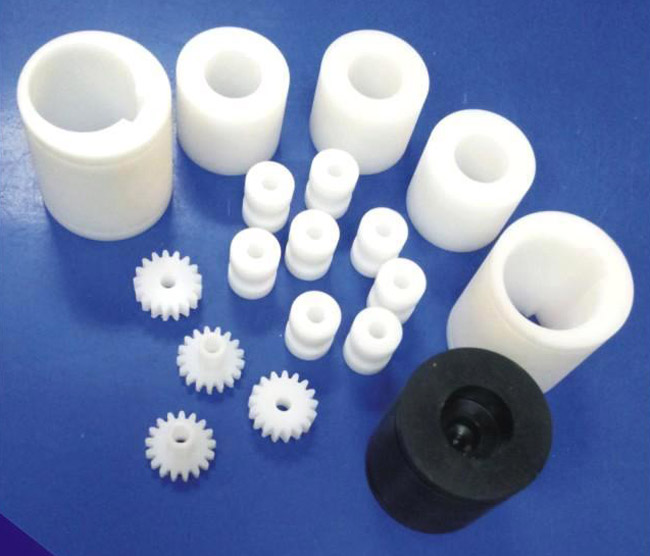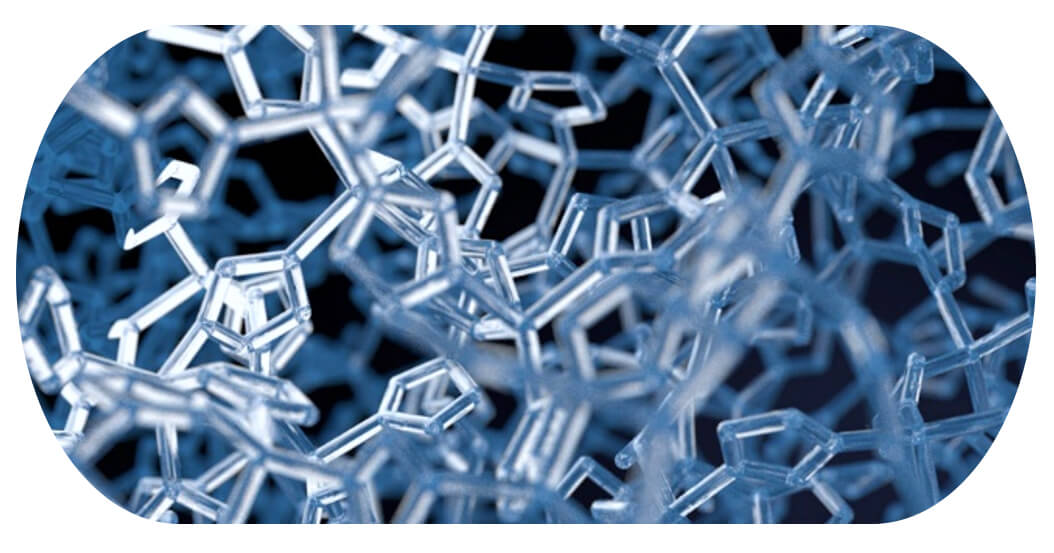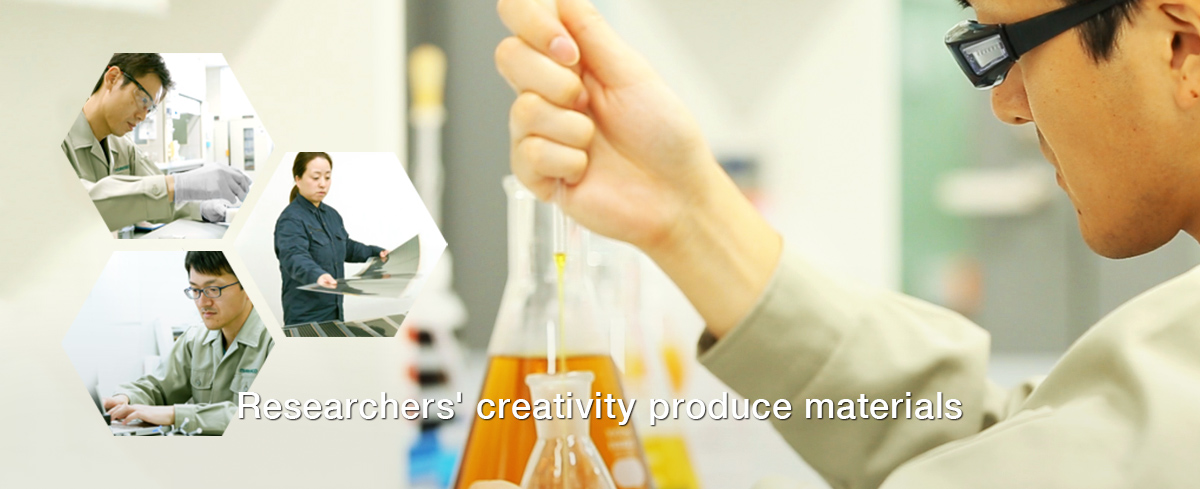Epoxy Resin Crosslinker for UV and Weather-Resistant Coatings: A Comprehensive Guide 🌞
Epoxy resin crosslinkers are the unsung heroes of modern coatings technology, quietly working behind the scenes to create materials that can withstand the harshest conditions nature throws at them. Imagine a world where your car’s paint job fades in just a few months or your outdoor furniture disintegrates after a summer of sun exposure. Thanks to these ingenious chemical compounds, we don’t have to live in such a world. In this article, we’ll delve into the fascinating world of epoxy resin crosslinkers specifically designed for UV and weather-resistant coatings.
Introduction to Epoxy Resin Crosslinkers
Epoxy resins themselves are remarkable materials known for their excellent adhesion, chemical resistance, and durability. However, they require a helping hand to reach their full potential. This is where crosslinkers come in—like matchmakers in the molecular world, they facilitate reactions between epoxy molecules to form strong, three-dimensional networks. These networks give epoxy coatings their impressive mechanical properties and resistance to environmental factors.
For UV and weather-resistant coatings, the choice of crosslinker becomes particularly crucial. Just as a well-fitted suit enhances one’s appearance, the right crosslinker enhances an epoxy coating’s ability to stand up to sunlight, moisture, temperature fluctuations, and other environmental stresses. The resulting material not only looks good but also performs admirably under challenging conditions.
Importance in Modern Coatings Industry
In today’s fast-paced world, where appearances matter as much as performance, epoxy resin crosslinkers play a pivotal role. They enable manufacturers to produce coatings that maintain their aesthetic appeal while providing robust protection against the elements. From automotive finishes that retain their luster for years to marine coatings that shield boats from saltwater corrosion, the applications are as diverse as they are essential.
The economic implications of using high-quality crosslinkers are significant. By extending the lifespan of coated surfaces, businesses and consumers alike save money on maintenance and replacements. Moreover, the environmental benefits cannot be overstated. Fewer replacements mean less waste and a reduced carbon footprint, contributing to a more sustainable future.
As we journey through the specifics of these remarkable compounds, we’ll explore their composition, mechanisms of action, advantages, and challenges, as well as their applications across various industries. So buckle up for a deep dive into the science and art of epoxy resin crosslinkers!
Composition and Mechanism of Epoxy Resin Crosslinkers
To truly appreciate the magic of epoxy resin crosslinkers, it’s essential to understand what they’re made of and how they work. Picture a bustling construction site where workers (crosslinkers) are busy building bridges (chemical bonds) between isolated islands (epoxy molecules). This analogy gives you a glimpse into the intricate process that transforms liquid epoxy resins into durable, solid coatings.
Chemical Components
Epoxy resin crosslinkers typically consist of amine-based compounds, acid anhydrides, phenolic resins, or isocyanates, among others. Each type brings its unique set of properties to the table:
| Type of Crosslinker | Key Characteristics | Applications |
|---|---|---|
| Amine-Based | Excellent adhesion, quick curing | General-purpose coatings, adhesives |
| Acid Anhydrides | Heat resistance, low shrinkage | Electrical insulation, high-temperature applications |
| Phenolic Resins | Superior chemical resistance, high strength | Marine coatings, industrial flooring |
| Isocyanates | High flexibility, excellent UV resistance | Automotive clear coats, architectural coatings |
These components are carefully selected based on the desired properties of the final coating. For instance, if UV resistance is paramount, isocyanate-based crosslinkers might be preferred due to their ability to form stable bonds that resist photodegradation.
Reaction Process
The reaction begins when the crosslinker comes into contact with the epoxy resin. Think of it as a molecular dance where each partner finds its perfect match. In technical terms, the crosslinker reacts with the epoxy groups (-C-O-C-) present in the resin, forming covalent bonds that link the polymer chains together. This process, known as crosslinking, dramatically increases the material’s strength and stability.
Here’s a simplified representation of the reaction:
R1-CH2-O-C-R2 + R3-NH2 → R1-CH2-NH-C-R2
Where R1, R2, and R3 represent different molecular structures. This transformation isn’t instantaneous; it occurs over time, influenced by factors such as temperature, humidity, and catalyst presence.
The result? A dense network of interconnected polymer chains that exhibit enhanced physical and chemical properties compared to their uncured counterparts. It’s akin to transforming a loose pile of spaghetti into a sturdy steel framework capable of withstanding significant stress.
Understanding the nuances of these chemical interactions allows scientists and engineers to tailor-make coatings suited for specific environments, ensuring optimal performance whether it’s protecting wind turbines in harsh coastal climates or preserving artworks in sunny museum galleries.
Advantages and Challenges of Using Epoxy Resin Crosslinkers
While epoxy resin crosslinkers offer numerous advantages, they also come with their own set of challenges. Let’s break down both sides of the coin to get a comprehensive understanding of their role in the coatings industry.
Benefits
Enhanced Durability
One of the standout features of epoxy resin crosslinkers is their ability to significantly enhance the durability of coatings. When properly crosslinked, epoxy resins become resistant to abrasion, chemicals, and environmental degradation. Imagine a protective shield that not only keeps the surface beneath pristine but also wards off all sorts of invaders—from corrosive substances to abrasive particles.
Superior UV Resistance
For outdoor applications, UV resistance is non-negotiable. Crosslinkers that incorporate stabilizers or hindered amine light stabilizers (HALS) help prevent yellowing and cracking caused by prolonged sunlight exposure. This means your favorite garden bench remains vibrant and intact year after year, defying the relentless rays of the sun.
Versatility
Epoxy resin crosslinkers are incredibly versatile, suitable for a wide array of applications. From waterproofing basements to creating sleek automotive finishes, their adaptability knows no bounds. This versatility stems from the ability to modify the formulation to meet specific needs, whether it’s enhancing flexibility, increasing heat resistance, or improving adhesion.
Challenges
Complexity in Formulation
Achieving the perfect balance of properties can be quite challenging. Different applications demand varying degrees of hardness, flexibility, and chemical resistance. Formulating a crosslinker that meets all these requirements simultaneously requires meticulous experimentation and precise control over variables such as reaction temperature and time.
Environmental Concerns
Some traditional crosslinkers, particularly those based on volatile organic compounds (VOCs), pose environmental risks. As regulations tighten around VOC emissions, there’s a growing need for eco-friendly alternatives. Researchers are actively exploring water-based systems and bio-derived components to address these concerns without compromising performance.
Cost Implications
High-performance crosslinkers often come with a higher price tag. While the long-term savings from extended coating life may offset initial costs, this factor can still deter some users, especially in cost-sensitive markets. Balancing affordability with quality remains a constant challenge in the industry.
Despite these hurdles, the advantages offered by epoxy resin crosslinkers far outweigh the drawbacks, making them indispensable in modern coatings technology. With ongoing research and development, the future holds promise for even more effective and sustainable solutions.
Applications Across Various Industries
The versatility of epoxy resin crosslinkers makes them indispensable across a multitude of industries, each leveraging their unique properties to enhance product performance and longevity. Let’s take a closer look at how these remarkable compounds are utilized in different sectors.
Automotive Industry
In the automotive sector, epoxy resin crosslinkers shine brightly in the creation of clear coat finishes. These coatings not only protect the underlying paint from scratches and chemical damage but also maintain the vehicle’s aesthetic appeal over time. The ability to resist UV radiation ensures that cars retain their glossy finish even after years of exposure to sunlight. Manufacturers like BMW and Tesla rely heavily on advanced crosslinking technologies to deliver vehicles that look as good as new, mile after mile.
Construction Sector
The construction industry benefits immensely from epoxy resin crosslinkers, particularly in flooring applications. Industrial floors subjected to heavy machinery and chemical spills require exceptional durability and chemical resistance—qualities perfectly met by crosslinked epoxy coatings. Additionally, these coatings provide seamless, easy-to-clean surfaces ideal for hospitals, laboratories, and food processing facilities. The waterproof nature of such coatings also makes them perfect for basement sealing and bathroom renovations, ensuring spaces remain dry and mold-free.
Marine Industry
Marine environments present unique challenges due to constant exposure to water and salt. Here, epoxy resin crosslinkers prove their worth by producing coatings that offer superior corrosion resistance and adhesion to metal substrates. Boats and ships equipped with these coatings enjoy extended lifespans, reducing maintenance costs and downtime. Furthermore, the anti-fouling properties of some formulations help keep hulls free from marine growth, improving fuel efficiency and speed.
Electronics Manufacturing
In electronics, the focus shifts towards thermal and electrical insulation properties. Epoxy resin crosslinkers used in this field ensure that components remain protected from dust, moisture, and electrical interference. Their ability to withstand high temperatures makes them ideal for use in transformers, motors, and generators, guaranteeing reliable operation under demanding conditions.
Each industry tailors the crosslinker formulation to meet specific needs, whether it’s enhancing UV resistance for outdoor applications or boosting chemical resistance for industrial settings. This adaptability underscores the importance of epoxy resin crosslinkers in driving innovation and improving product performance across diverse sectors.
Product Parameters and Specifications
When selecting an epoxy resin crosslinker for UV and weather-resistant coatings, understanding the product parameters is crucial. Below is a detailed table outlining key specifications that should guide your decision-making process:
| Parameter | Description | Typical Range |
|---|---|---|
| Viscosity (cP) | Measures the fluidity of the crosslinker at room temperature | 50 – 500 cP |
| Reactivity (min) | Time required for the crosslinker to fully react with epoxy resin | 10 – 60 minutes |
| Pot Life (hours) | Usable time before the mixture begins to harden | 2 – 8 hours |
| UV Stability (%) | Percentage of UV resistance maintained after prolonged exposure | 90% – 98% |
| Glass Transition Temp (°C) | Temperature at which the material transitions from rigid to rubbery state | 50°C – 120°C |
| Thermal Conductivity (W/mK) | Ability to transfer heat | 0.1 – 0.4 W/mK |
| Density (g/cm³) | Mass per unit volume of the crosslinker | 0.9 – 1.2 g/cm³ |
| Moisture Absorption (%) | Amount of water absorbed by the cured coating | < 0.5% |
These parameters vary depending on the specific application and environmental conditions. For instance, a coating destined for tropical climates might prioritize higher UV stability and moisture absorption resistance compared to one intended for temperate regions.
Additionally, considerations such as color stability, gloss retention, and flexibility should be factored in based on the end-use requirements. Always consult manufacturer data sheets and perform compatibility tests to ensure the chosen crosslinker aligns with your project’s demands.
Future Trends and Innovations in Epoxy Resin Crosslinkers
Looking ahead, the landscape of epoxy resin crosslinkers is poised for exciting transformations driven by technological advancements and shifting market demands. Two major trends shaping the future are the integration of nanotechnology and the push towards sustainability.
Nanotechnology Integration
Nanotechnology promises to revolutionize epoxy resin crosslinkers by introducing nanoparticles that enhance various properties without significantly altering the base material’s characteristics. For example, incorporating silica nanoparticles can boost scratch resistance and UV stability, making coatings even more resilient against environmental wear. Carbon nanotubes, on the other hand, improve electrical conductivity and mechanical strength, opening new possibilities in electronic and aerospace applications.
Moreover, nano-sized crosslinkers themselves are being developed to achieve faster and more uniform curing processes. These tiny yet powerful agents allow for greater control over the formation of polymer networks, leading to coatings with improved homogeneity and performance.
Sustainability Initiatives
As global awareness of environmental issues grows, there’s an increasing emphasis on developing green crosslinkers. Bio-based alternatives derived from renewable resources such as soybean oil, corn starch, and lignin are gaining traction. These eco-friendly options reduce reliance on petroleum-based products and minimize harmful emissions during production and application.
Furthermore, advances in waterborne systems are reducing the need for solvent-borne crosslinkers, thereby cutting down on VOC emissions. Companies are also exploring recycling methods to recover and reuse crosslinkers, promoting a circular economy within the coatings industry.
Together, these innovations point towards a future where epoxy resin crosslinkers not only perform better but do so in harmony with our planet’s ecological balance. As researchers continue to unlock new possibilities, the horizon for UV and weather-resistant coatings looks brighter than ever.
Conclusion
In conclusion, epoxy resin crosslinkers serve as the backbone of UV and weather-resistant coatings, enabling them to endure the test of time and elements. Their ability to transform basic epoxy resins into robust, durable materials showcases the power of chemistry in everyday applications. From safeguarding automobiles against harsh sunlight to protecting marine vessels from corrosive seawater, these crosslinkers play a pivotal role in numerous industries.
As we’ve explored throughout this article, the selection and proper utilization of crosslinkers involve careful consideration of various factors including reactivity, viscosity, and environmental impact. With ongoing advancements in nanotechnology and sustainability, the future holds immense potential for even more effective and environmentally friendly solutions.
So next time you admire a gleaming car finish or step onto a durable industrial floor, remember the quiet hero behind the scenes—the epoxy resin crosslinker, diligently performing its task to make our world a little better, one coating at a time. 😊
References
- Encyclopedia of Polymer Science and Technology. Wiley Interscience.
- Handbook of Epoxy Resins by Henry Lee and Kris Neville.
- Coatings Technology Handbook edited by M. M. Shaw.
- Polymer Chemistry: The Basic Concepts by P. C. Painter and M. M. Coleman.
- Various articles from journals such as Journal of Applied Polymer Science and Progress in Organic Coatings.
Extended reading:https://www.newtopchem.com/archives/category/products/page/59
Extended reading:https://www.newtopchem.com/archives/1076
Extended reading:https://www.newtopchem.com/archives/44436
Extended reading:https://www.bdmaee.net/bis3-dimethylaminopropylamino-2-propanol-2/
Extended reading:https://www.newtopchem.com/archives/199
Extended reading:https://www.bdmaee.net/fascat4351-catalyst-arkema-pmc/
Extended reading:https://www.cyclohexylamine.net/niax-nmm-jeffcat-nmm-lupragen-n105/
Extended reading:https://www.bdmaee.net/wp-content/uploads/2016/06/Tegoamin-BDE-MSDS.pdf
Extended reading:https://www.cyclohexylamine.net/epoxy-curing-agent-polyurethane-rigid-foam/
Extended reading:https://www.cyclohexylamine.net/cas-7646-78-8-anhydrous-tin-tetrachloride/




















Comments